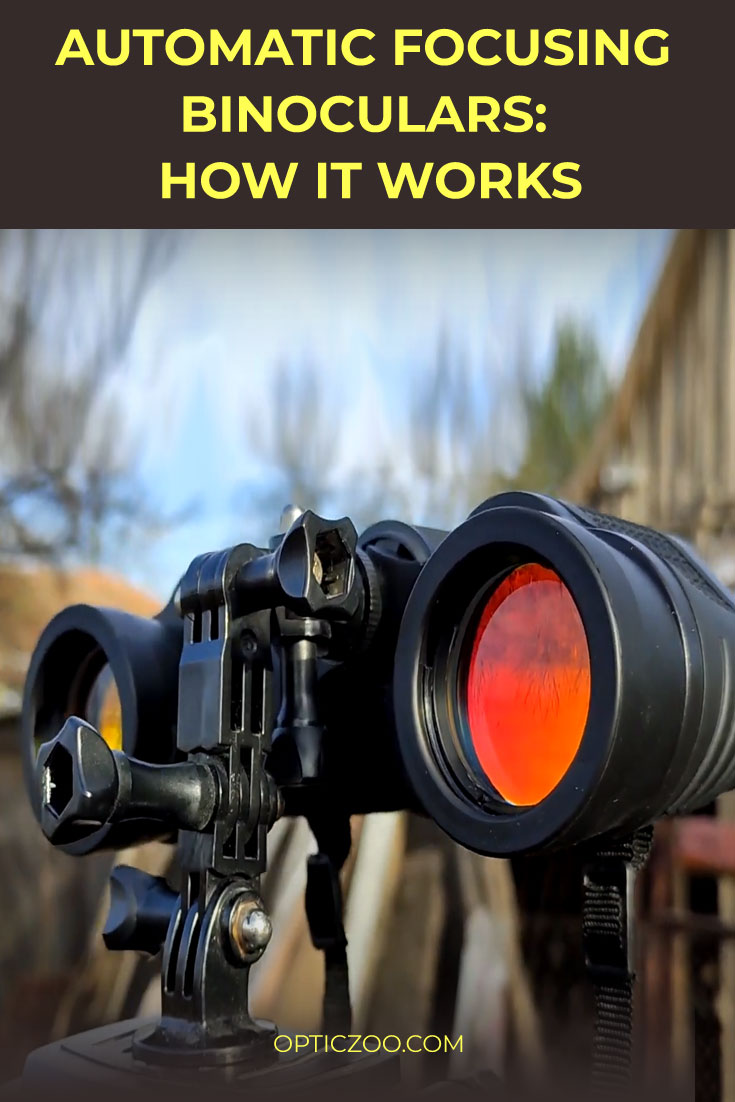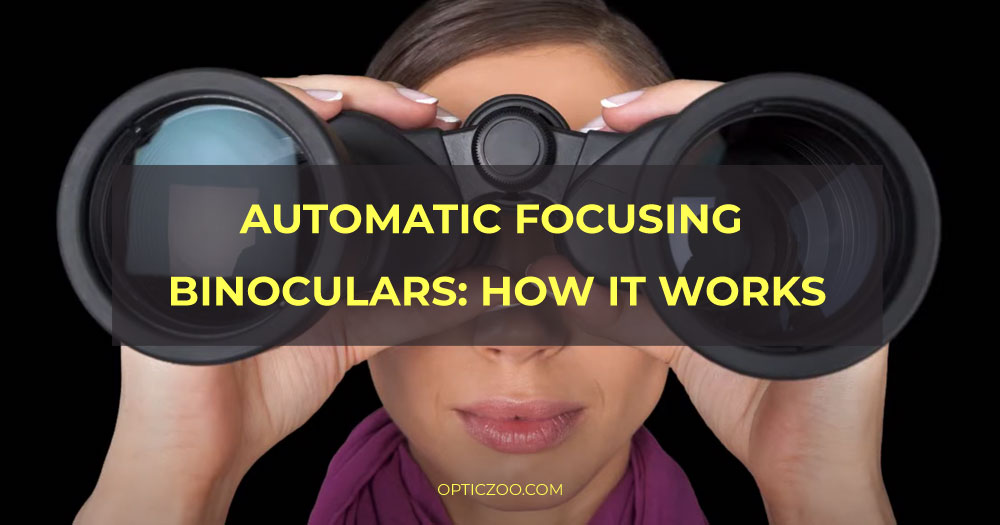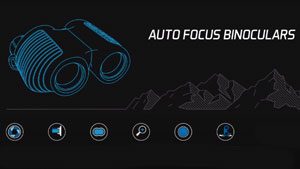
If you’re looking for a great way to enjoy nature, bird watching is a fantastic hobby. However, it can be difficult to focus on objects that are far away, especially if you’re trying to watch them in motion. This is where automatic focusing binoculars come in handy!
In this blog post, we will discuss how these binoculars work and some of the benefits they offer. We’ll also take a look at some of the different types available on the market today. So if you’re interested in learning more about automatic focusing binoculars, keep reading!
What are autofocus binoculars?
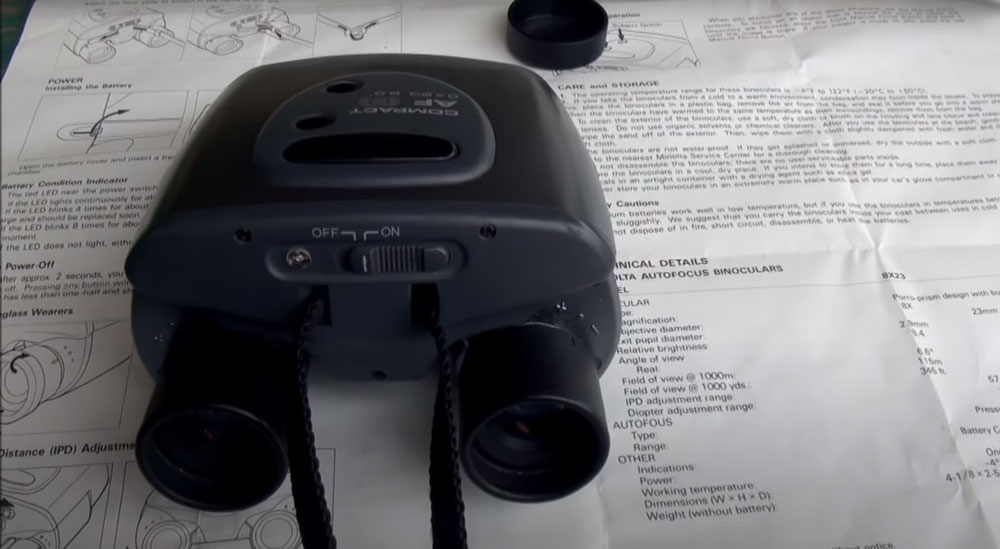
Autofocus binoculars are a type of optical instrument that allows the user to see objects in focus without having to adjust the focus knob manually. This is achieved through the use of two separate lenses, each with its focusing mechanism. The lenses are controlled by a computer that constantly adjusts the distance between them to keep the image in focus.
What are autofocus binoculars designed for?
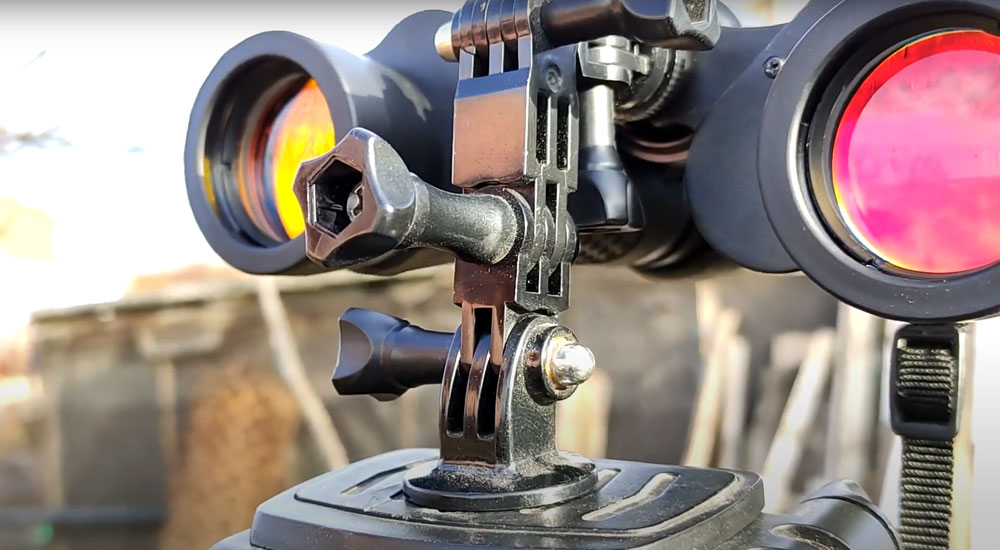
Autofocus binoculars are designed for a variety of purposes, but they’re most commonly used for bird watching, hunting, and astronomy. Bird watching is a great way to enjoy nature and get some exercise while you’re at it. With these binoculars, you’ll be able to see your target more clearly.
[wpsm_box type=”info” float=”none” text_align=”left”]
It eliminates human error when trying to focus on a moving object. This means that you’ll be able to see your target more clearly.
[/wpsm_box]
Hunting is another popular use for autofocus binoculars. If you’re looking to take down a big game animal,’s important to be able to see your target clearly so that you can make an accurate shot. These binoculars can also help track game animals that are on the move.
Autofocus binoculars can also be used for astronomy. If you’re interested in looking at the stars, these binoculars can help you get a clear view of objects in the night sky. Additionally, they can be used to observe solar eclipses and other astronomical events.
No matter what your purpose is for using autofocus binoculars, they can be a great tool to have on hand! Be sure to check out the different types available on the market so that you can find the perfect pair for your needs.
Autofocus binocular design
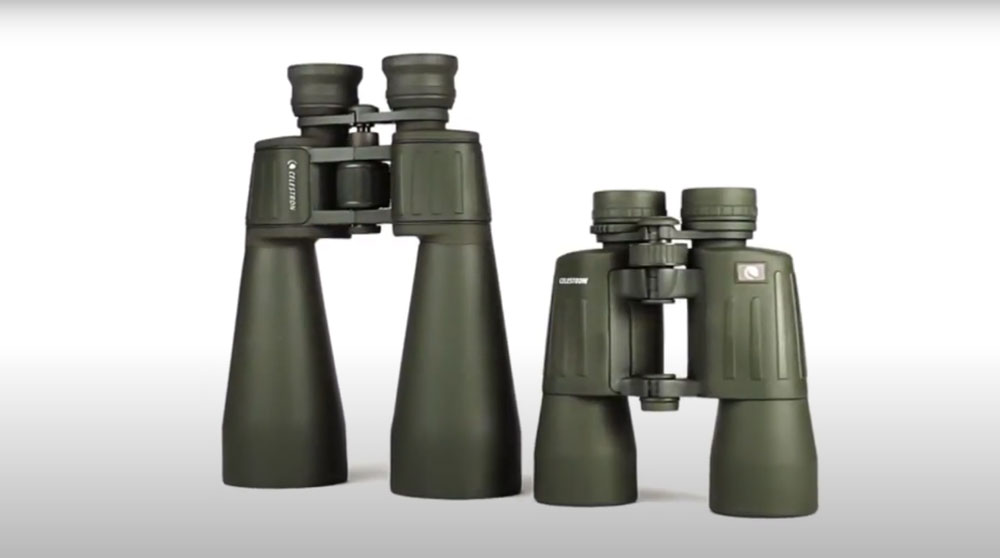
There are two types of autofocus binoculars: the active type and the passive type.
The active autofocus mechanism in binoculars uses a sensor to detect the distance of an object. The sensor is usually located in the eyepiece of the binocular.
[wpsm_box type=”info” float=”none” text_align=”left”]
The sensor sends out a beam of infrared or sonar waves. These waves bounce off the object and return to the sensor. The time it takes for the waves to return is used to calculate the distance of the object.
[/wpsm_box]
The information from the sensor is then sent to a motor. The motor adjusts the position of one or more lens elements until everything appears sharp in the eyepieces.
Meanwhile, passive autofocus binoculars rely on image analysis algorithms to detect contrast edges in the scene and calculate the distance to those objects. This information is used to drive a focus motor that adjusts the position of one or more lens elements until everything appears sharp in the eyepieces. These are often referred to as “digital” binoculars.
Both active and passive sensors have their pros and cons. Active sensors are more accurate than passive sensors, but they can be disrupted by objects that emit infrared light, such as the sun or a fire. Passive sensors are not as accurate as active sensors, but they are not affected by objects that emit infrared light.
How do auto-focusing binoculars work?
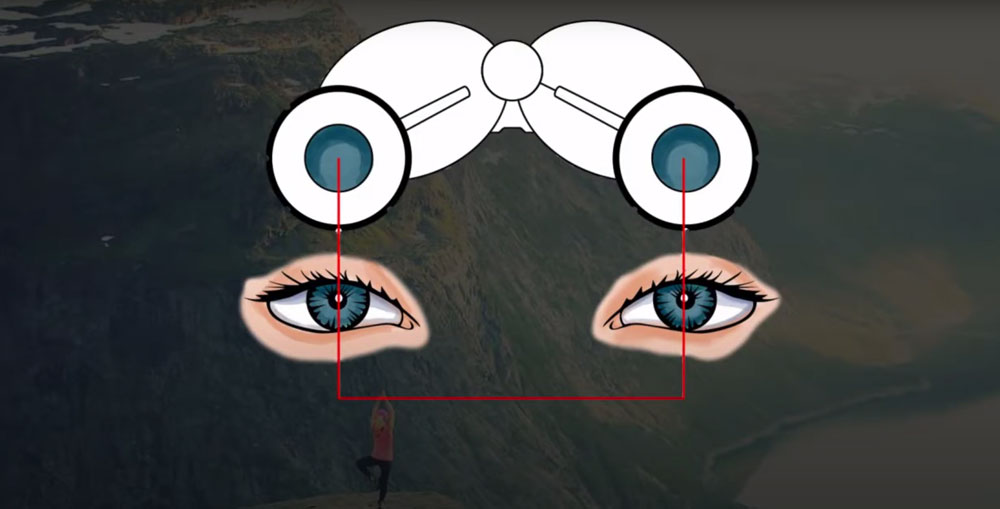
The first thing you need to understand about automatic focusing binoculars is that they only work well if the person using them has their eyes correctly for the distance between their eyes and the binoculars.
[wpsm_box type=”warning” float=”none” text_align=”left”]
If you don’t have your eyes correctly for the distance, then the image will be out of focus and you won’t be able to see anything. This is why it’s important to read the instructions that come with your binoculars before using them.
[/wpsm_box]
So, how do automatic focusing binoculars work? These binoculars have a built-in autofocus system that allows them to automatically adjust the focus based on the distance of the object that you are looking at. This is done by using two separate lenses that work together to create a clear image.
One lens is responsible for collecting light from the object that you are looking at. The other lens then takes that light and focuses it onto the retina of your eye. This allows you to see a clear image without having to adjust the focus manually.
Automatic focusing binoculars are a great option for those who want the convenience of being able to focus quickly and easily. These binoculars can be used for a variety of different tasks, such as bird watching, hunting, or even just observing nature. If you are interested in purchasing a pair of automatic focusing binoculars, be sure to do some research to find a pair that will suit your needs.
Phase detection autofocus (PDAF)
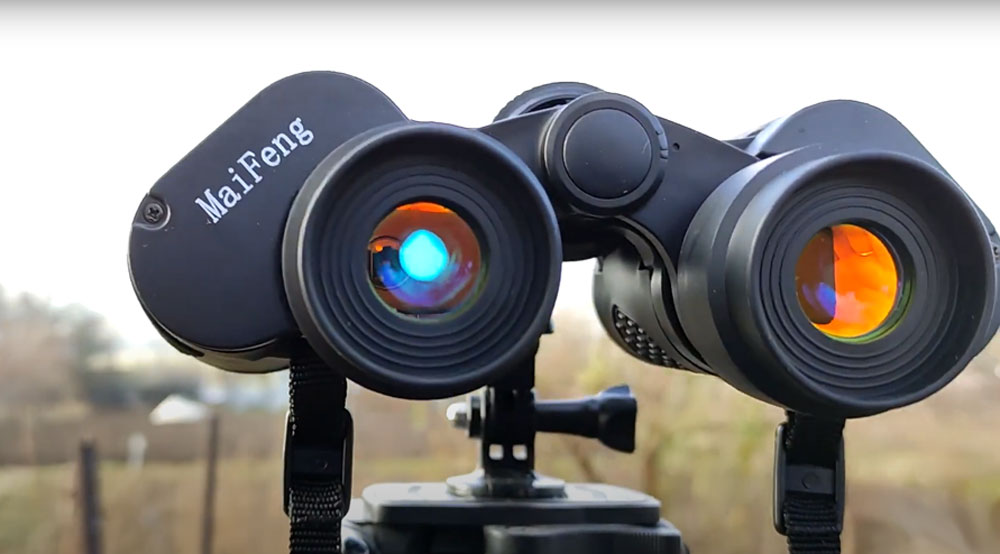
Automatic focusing binoculars use a technology called phase detection autofocus (PDAF).
[wpsm_box type=”info” float=”none” text_align=”left”]
PDAF uses two images of the same scene captured at different times to compare the distance between objects in the scene. By comparing these two images, the binoculars can calculate the distance to the objects and adjust the focus accordingly.
[/wpsm_box]
PDAF is not perfect, and sometimes objects can appear blurry even when they are in focus. This is because PDAF relies on contrast to detect edges, and some objects simply do not have enough contrast for the system to work properly. However, PDAF is still the best autofocusing technology available for binoculars.
No matter which type of automatic focusing binoculars you choose, you will be able to enjoy the convenience of having one less thing to worry about when you are out in nature. With PDAF technology, your binoculars will do all the work for you so that you can just sit back and enjoy the view. A new generation of automatic focusing binoculars is currently in development that uses laser autofocus instead of PDAF.
These binoculars should be within the next few years and will be even more accurate than current PDAF binoculars. So, if you are in the market for a new pair of binoculars, keep an eye out for these new laser autofocus models!
Benefits of Binoculars with Automatic Focusing
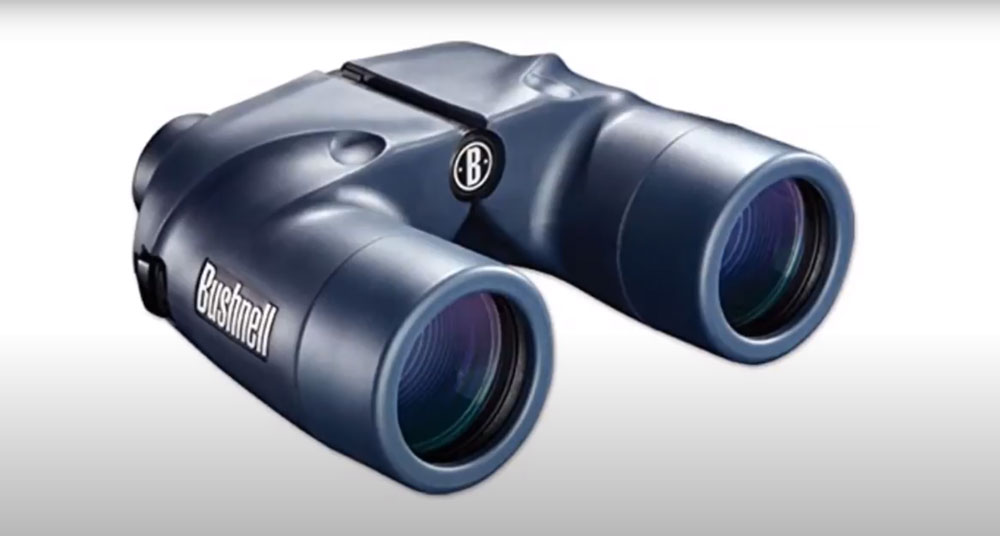
Autofocus binoculars have many benefits that make them a great choice for anyone who loves spending time outdoors.
Standard benefits:
- Crisp, clear images no matter what the distance.
- Automatic focus means you’ll never miss a thing.
Emotional benefits:
- Feel like a superhero when you’re able to spot things from far away.
- Never have to worry about blurry images again.
Because they can be used for any activity, you’ll always have a great view, no matter what you’re doing. So why not give them a try? You might be surprised at how much you love them!
Pros and cons of autofocus binoculars
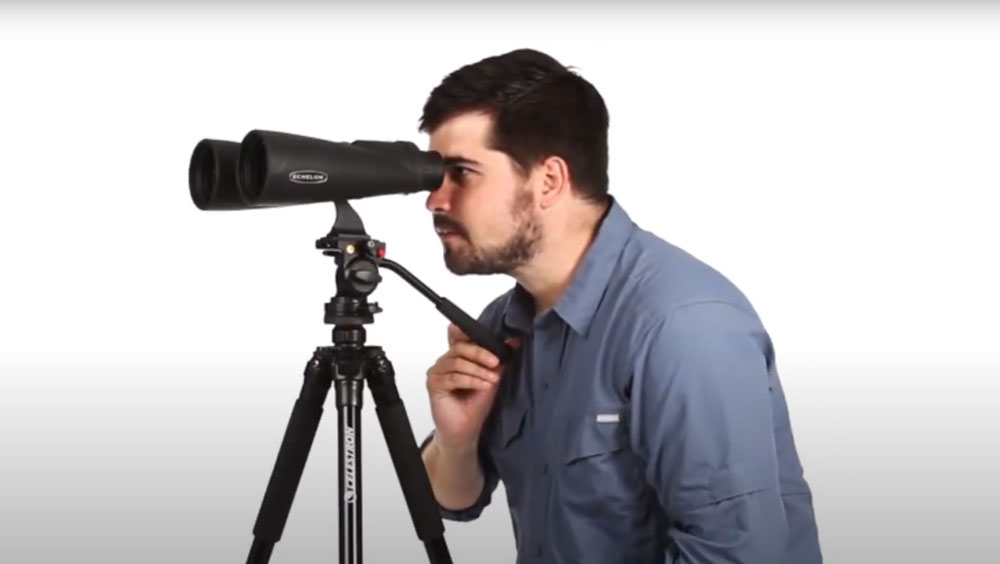
Autofocus binoculars have some clear advantages over their fixed-focus counterparts. For one, they’re much easier to use. There’s no need to fiddle with the focus knob while trying to keep the image in view; simply looking through the binoculars will automatically bring whatever you’re looking at into sharp relief.
They also tend to be more reliable and durable, since there are fewer moving parts that can break or become misaligned. And because they don’t require the user to make any adjustments, they’re ideal for situations where speed and convenience are paramount, such as birdwatching or hunting.
On the downside, autofocus binoculars can be more expensive than their fixed-focus counterparts. They also tend to be heavier and bulkier, since they require more complex optics. And in some cases, the autofocusing mechanism can introduce a slight delay when you first look through the binoculars, which can be disruptive if you’re trying to track a fast-moving object.
Overall, autofocus binoculars offer several clear advantages that make them well worth considering for your next pair of binoculars. But as with any optical tool, it’s important to try them out for yourself to see if they’re the right fit for your needs.
Autofocus binoculars buying guide
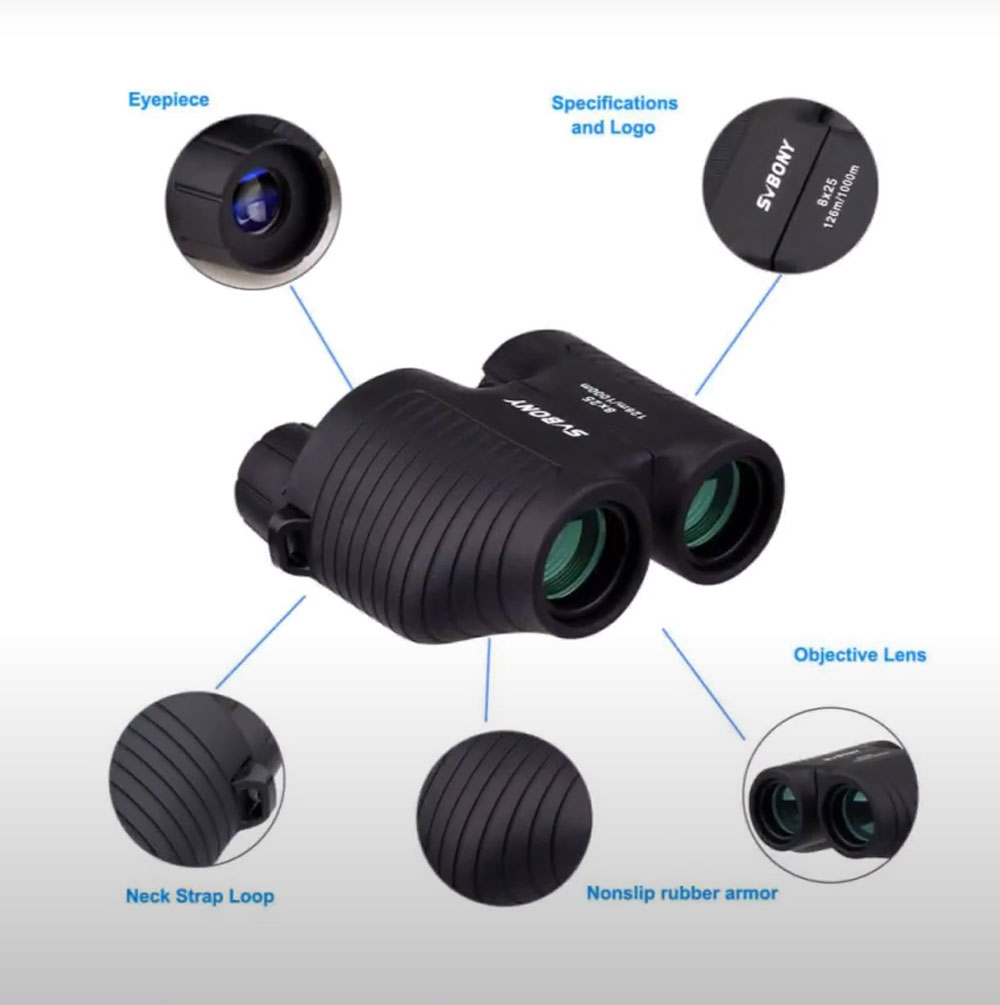
There are a few different types of autofocus binoculars available on the market, so it’s important to know what your options are before making a purchase. The two most popular types are image-stabilized and active autofocus binoculars. Image-stabilized binoculars use sensors to detect movement and then compensate for it by moving the lenses in the opposite direction. This type of binocular is ideal for bird watching since it can help you keep the image steady even if the bird is moving around.
Active autofocus binoculars, on the other hand, have motors that adjust the focus of the lenses based on what you’re looking at. This type is typically more expensive than image-stabilized binoculars but can be worth the investment if you do a lot of bird watching.
Do autofocus binoculars really focus automatically?
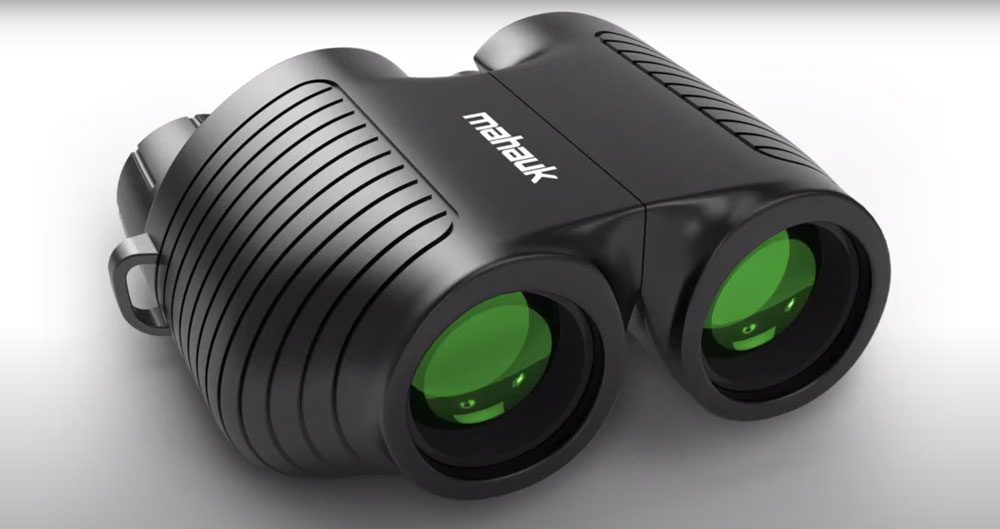
Yes, autofocus binoculars really focus automatically. The binoculars work by using a sensor to detect the difference in light between the foreground and the background. This difference in light is then used to calculate the distance to the object that you’re looking at.
When you Should Avoid Auto Focus Binoculars?
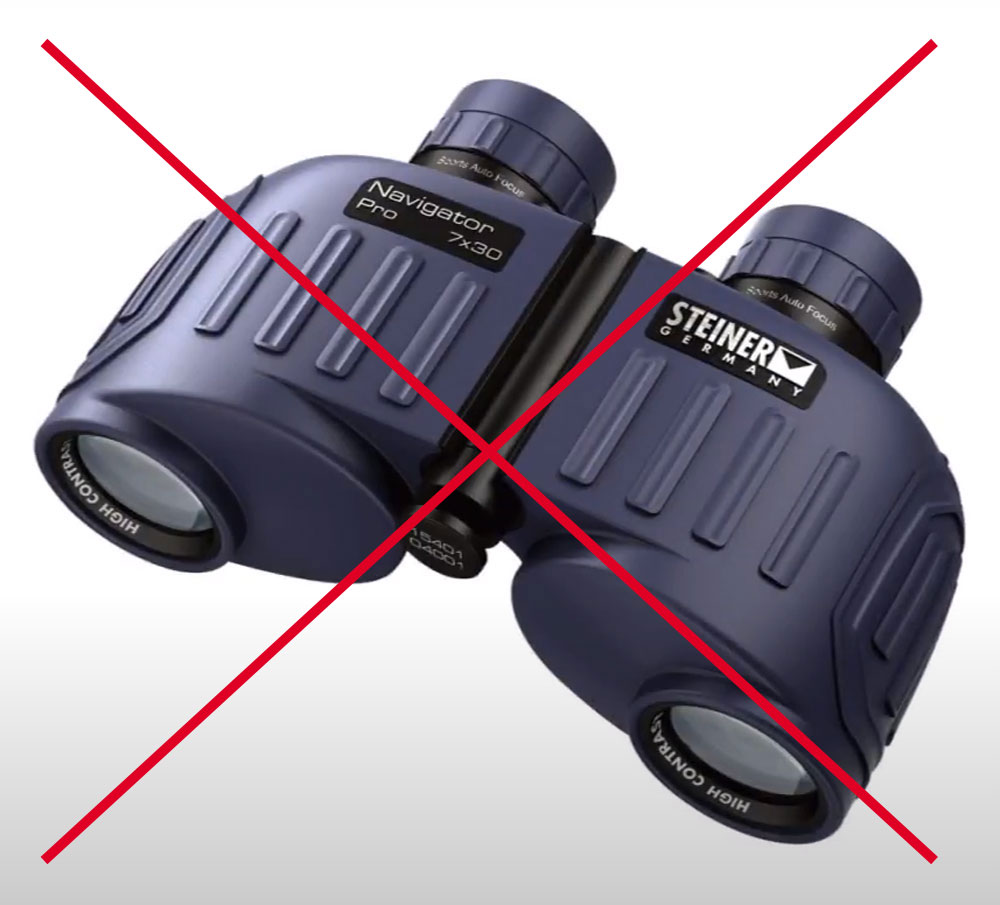
Not all binoculars are created equal and there are certain situations where you might want to avoid using autofocus binoculars. For example, if you’re looking at objects that are far away, manual focusing will likely give you a better view.
Additionally, if you’re going to be looking like stars or mountains, you’ll likely want to use manual focusing so that you can fine-tune your view.
Autofocus binoculars also tend to be more expensive than their manual counterparts, so if you’re on a budget, you might want to stick with manual focusing binoculars. Ultimately, the decision of whether or not to use autofocus binoculars comes down to personal preference and what you’ll be using them for.
Conclusion
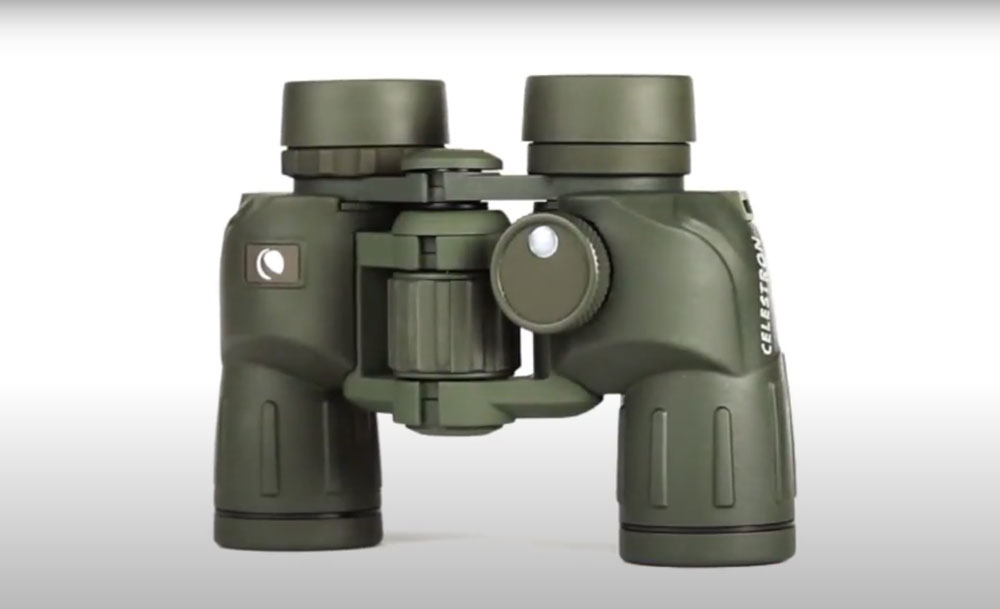
Now that you know a little bit more about autofocus binoculars, we hope you’ll consider giving them a try the next time you go bird watching!
One of the main reasons why autofocus binoculars are so useful for birdwatching is because they allow you to see your target more clearly and also reduce eye fatigue.
Do you have a pair of automatic focusing binoculars? What do you think of them? Let us know in the comments below! And don’t forget to share this article with your friends who love spending time outdoors! Until next time, happy birding!
